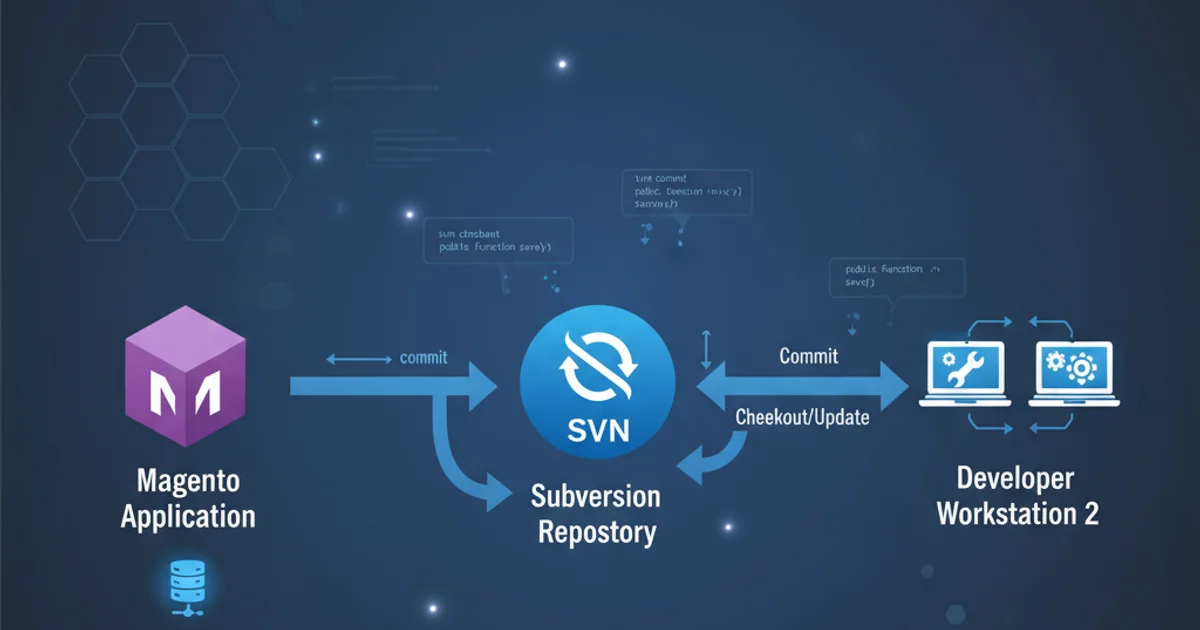How does "304 Not Modified" work exactly?
Categories:
Understanding '304 Not Modified': How HTTP Caching Works

Explore the mechanics of the HTTP 304 Not Modified status code, its role in web performance, and how browsers and servers leverage it for efficient caching.
The '304 Not Modified' HTTP status code is a cornerstone of efficient web browsing. It's not an error, but rather a signal from the server to the client (typically a web browser) indicating that the requested resource has not changed since the last time it was accessed. This mechanism significantly reduces bandwidth usage and improves page load times by allowing clients to reuse cached versions of resources.
The Caching Handshake: How It Works
When a browser requests a resource (like an image, CSS file, or JavaScript file) for the first time, the server sends the resource along with caching headers. These headers, such as Last-Modified and ETag, provide metadata about the resource's state. The browser stores this resource in its cache, along with these headers.
On subsequent requests for the same resource, the browser doesn't immediately download it again. Instead, it sends a conditional request to the server, including the previously received caching headers. The server then uses these headers to determine if the resource has been updated.
sequenceDiagram
participant Browser
participant Server
Browser->>Server: GET /resource.js
Server-->>Browser: 200 OK + resource.js + Last-Modified: <date> + ETag: <hash>
Note over Browser,Server: Browser caches resource and headers
Browser->>Server: GET /resource.js (If-Modified-Since: <date>, If-None-Match: <hash>)
Server->>Server: Check if resource changed based on headers
alt Resource NOT changed
Server-->>Browser: 304 Not Modified
Note over Browser,Server: Browser uses cached resource
else Resource HAS changed
Server-->>Browser: 200 OK + NEW resource.js + NEW Last-Modified: <date> + NEW ETag: <hash>
Note over Browser,Server: Browser updates cache with new resource
endSequence diagram illustrating the HTTP caching handshake with 304 Not Modified
Key HTTP Headers for 304 Not Modified
Two primary HTTP request headers are used by the client to make conditional requests, and two response headers are used by the server to provide caching metadata:
Last-Modified(Response Header): Sent by the server, indicating the date and time the resource was last modified.If-Modified-Since(Request Header): Sent by the client, containing theLast-Modifiedvalue from its cache. The server compares this date with the resource's current modification date.ETag(Response Header): An opaque identifier (a "tag") assigned by the web server to a specific version of a resource. It's typically a hash or a version number.If-None-Match(Request Header): Sent by the client, containing theETagvalue from its cache. The server compares this ETag with the resource's current ETag.
GET /styles/main.css HTTP/1.1
Host: example.com
HTTP/1.1 200 OK
Content-Type: text/css
Content-Length: 1234
Last-Modified: Tue, 15 Nov 1994 12:45:26 GMT
ETag: "abcdef123456"
/* CSS content */
Initial request and response for a CSS file, including caching headers.
GET /styles/main.css HTTP/1.1
Host: example.com
If-Modified-Since: Tue, 15 Nov 1994 12:45:26 GMT
If-None-Match: "abcdef123456"
HTTP/1.1 304 Not Modified
Date: Wed, 21 Oct 2015 07:28:00 GMT
Server: Apache/2.4.1 (Unix)
Connection: Keep-Alive
ETag: "abcdef123456"
Subsequent conditional request and 304 Not Modified response.
Last-Modified/If-Modified-Since and ETag/If-None-Match serve similar purposes, ETag is generally more robust. It can handle scenarios where a file's modification date changes but its content remains the same (e.g., saving a file without actual changes), or when changes are too rapid for date-based precision. Servers often use both for stronger validation.Benefits and Considerations
The '304 Not Modified' status code offers significant advantages:
- Reduced Bandwidth: No need to re-download the entire resource, saving data for both client and server.
- Faster Page Loads: Browsers can render pages quicker by using local cached copies.
- Lower Server Load: Servers spend less time serving full responses and more time processing new requests.
However, proper implementation is crucial. Incorrectly configured caching headers can lead to stale content being served or unnecessary re-downloads. Developers should ensure their web servers are correctly generating and validating Last-Modified and ETag headers for static and dynamic content where appropriate.